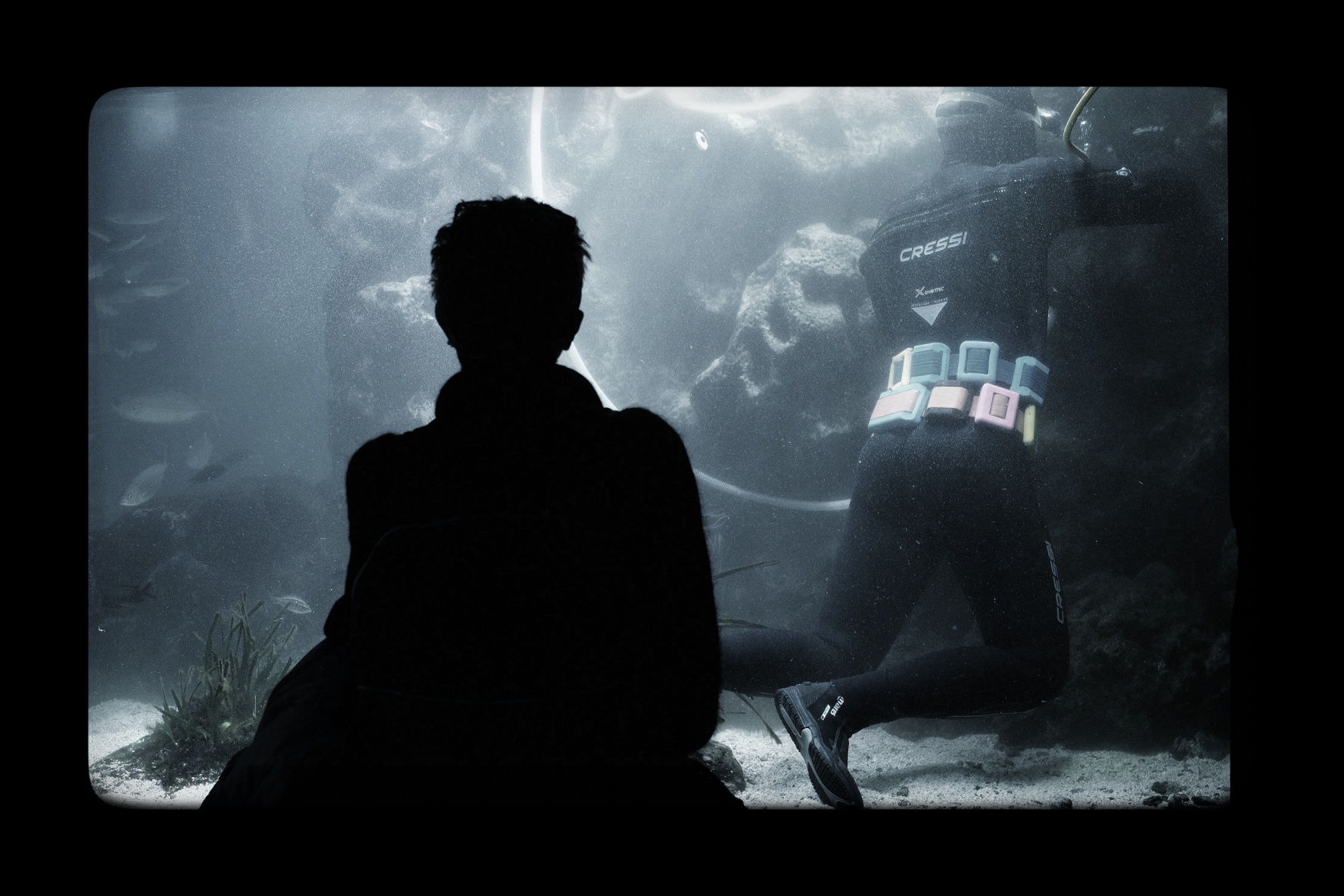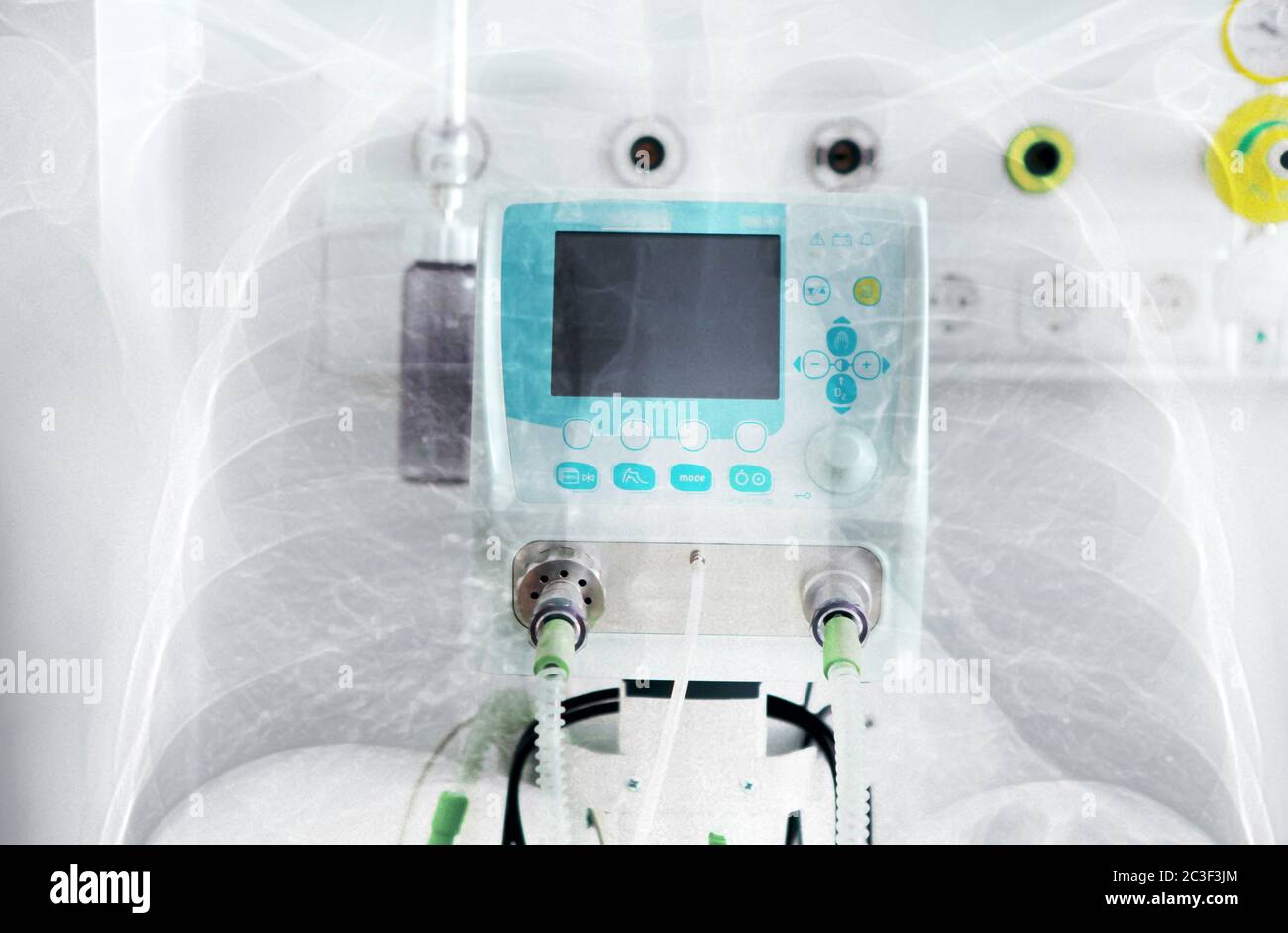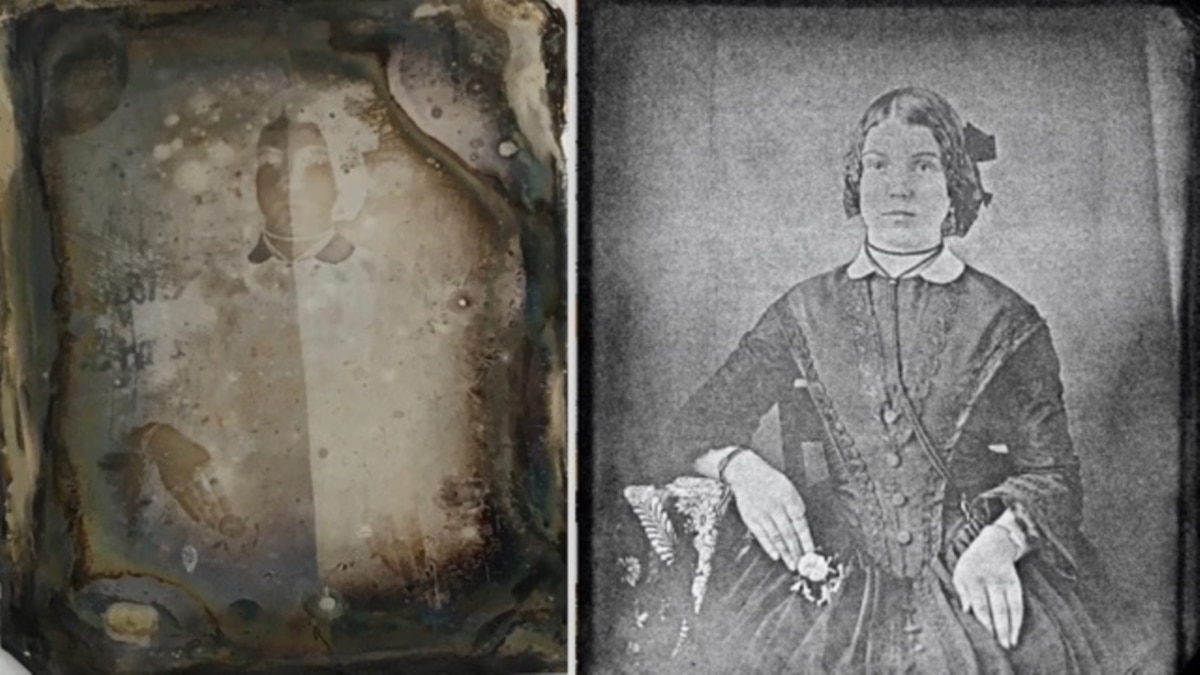

HUMAN EXPOSURE X RAY 1890S CRACKED
Within 24 h his entire head was blistered, within a few days his head was an angry sore and his lips were badly swollen, cracked and bleeding. Levy sat through the exposures from 8 o'clock in the morning until 10 o'clock at night. Exposures were made with the tube over his forehead, in front of his open mouth and behind his right ear. Professor Jones, who was familiar with Daniel and Dudley's experiments, warned Levy against the exposure, but Levy was undeterred and an exposure was made on 8 July 1896. Levy approached Professor Jones of the Physical Laboratory, University of Minnesota. Having heard about X-rays, he decided he wanted the bullet localized and extracted. The bullet entered his skull just above the left ear and presumably proceeded towards the back of the head. William Levy had been shot in the head by an escaping bank robber 10 years previously. 5Ī distressing case was reported in September 1896. The letter concluded by stating that further developments would be carefully monitored. The same phenomenon also appeared on Frei's hand. Mr K used to regularly attend to testing of tubes during and after the exhausting process at the rooms. GA Frei of Frei and Co., a Boston manufacturer of X-ray tubes, replied the next day: Mr K, an employee of the company, complained of peculiar itching and burning in his left hand and thought it was due to poisoning with chemicals. Electrical Review concluded by asking to hear from any of its readers who had had similar experiences. Within 6 weeks Hawks was partially recovered and was making light of his injuries. Hawks tried protecting his hands with petroleum jelly, then gloves and finally by covering it with tin foil. Mr Hawks' physician treated this as a case of dermatitis. His eyes were bloodshot and his vision became considerably impaired.

HUMAN EXPOSURE X RAY 1890S SKIN
After 2 weeks the skin came off the hand, the knuckles become very sore, fingernail growth stopped and the hair on the skin exposed to X-rays fell out. The hand began to swell and gave the appearance of a deep skin burn. He noticed a drying of the skin, which he ignored. 5 After 4 days, he was compelled to stop work. On 12 August 1896, Electrical Review reported that Dr HD Hawks, a graduate of the 1896 class of Columbia College, gave a demonstration with a powerful X-ray unit in the vicinity of New York. After 21 days all the hair fell out from the space under discharge, which was approximately 2 inches in diameter. The tube was placed 0.5 inches away from Dudley's hair and activated for 1 h. A plate holder containing the sensitive plate was tied to one side of Dudley's head and the tube attached to the opposite side of the head. Dr Dudley, with his characteristic devotion to science, lent himself to this experiment. Before attempting to locate the bullet in the child, Professor Daniel and Dr Dudley decided to undertake an experiment. In February 1896 a child who had been accidentally shot in the head was brought to the laboratory at Vanderbilt University (Tennessee, USA). Fritz Giesel later died in 1927 of metastatic carcinoma caused by heavy radiation exposure to his hands. For many years the laboratory provided practitioners with images of the jaw and head. In 1896, Otto Walkhoff and Fritz Giesel established the first dental roentgenological laboratory in the world. He noticed a loss of hair on the side of the head of some of the patients he irradiated, 2 but as there was no mention of blisters on the skin it is assumed that the absorbed dose was less than 300 rads. Later, in 1896, Walkhoff succeeded in making extra-oral pictures with an exposure time of 30 min. 1 However, the exact nature of this torture has not been described.

Walkhoff said that those 25 min of exposure were a torture to him. He took an ordinary photographic glass plate, wrapped it in a rubber dam, held it in his mouth between his teeth and tongue and then lay on the floor for a 25 min exposure. It was barely 14 days after the announcement of the discovery of Roentgen rays that Friedrich Otto Walkhoff took the first dental radiograph.


 0 kommentar(er)
0 kommentar(er)
